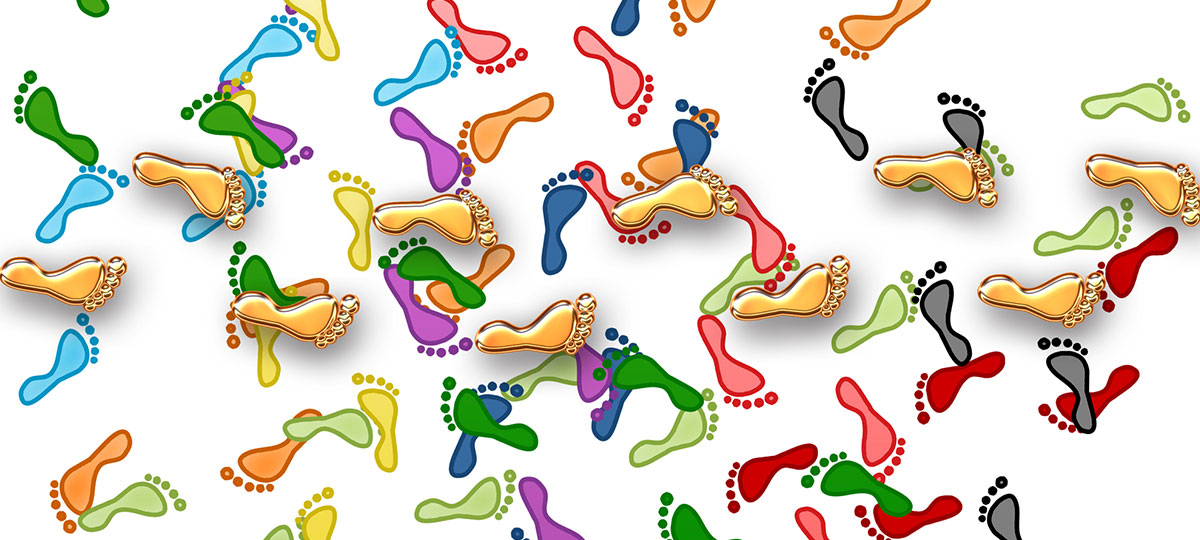
The Future - A Hypothesis
Many companies get comfortable doing what they have always done, even when they are implementing incremental changes systematically. But change tends to be revolutionary not evolutionary. Our firm has put some really big bets on the future.
- Technology is commoditizing parts of design work. Designers will leave to machines the things machines are best at and, instead, focus on creativity, innovation, collaboration, and leadership.
- The transportation future will be vehicle-centric and not driver-centric. Autonomous vehicles will change the face of infrastructure, design and human behavior, and will have major implications in safety and intelligent transportation systems. As an example, we could see capacity improvements at signalized intersections by as much as 50% just by eliminating driver reaction time.
- As a result of the above, over-engineering and the promise of utility will give its place to simplifying, humanizing and the promise of feeling.
- The criteria-based transportation design will give its place to the performance-based design.
- The old way of thinking D-B-M will be reversed to the new M-D-B (Maintain-Design-Build), since the river of existing projects’ data allows us to learn from them and to inform future design & construction.
- The rapid technological advantages in simulation, as well as the need of shorter investment horizons, will change radically the relationship between the designer and the contractor.
- As climate change affects transportation, it will be important to understand how transportation infrastructure may be impacted over the short- and long-term.
- Increasingly, technical expertise, and the role of “the expert” will lose the respect that for years had earned, and trustworthiness will be the coin of the realm for becoming a trusted designer.
- The real disruption happening is not about the technology; it’s a profound shift in trust from institutions to individuals; institutional trust has not designed for the collaborative age.
- Today there is a gap between the design events in a construction project and the realization of those events from the contractor. In the future, "batch" design processing will be replaced by real-time design processing.
- Moving towards alternative project delivery, the clients will like the idea of shifting some of the risk back on the designers, particularly for large projects with firm schedules and not-to-exceed budgets.
- Some design firms will begin to take their own equity position in P3 projects.
Tags: strategy